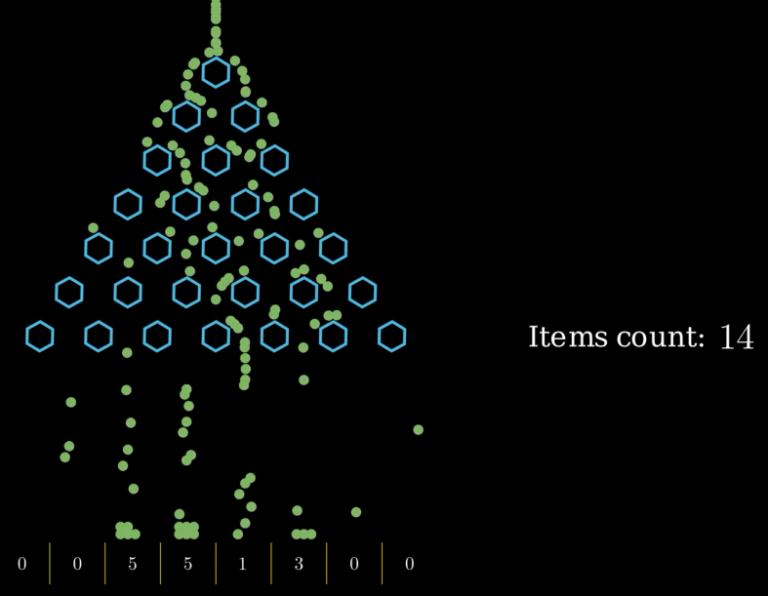iPhone assembly at Foxconn factories will now be handled by AI

Sabih Khan, Senior Vice President of Operations at Apple
about upcoming changes in phone assembly factories. In particular, he emphasized that Apple and Foxconn will continue to introduce automation into their production processes. According to him, this will lead to job losses among iPhone assemblers.
The decision was dictated by the need to increase efficiency and reduce production costs against the backdrop of global economic instability. Other companies will probably do the same. Details are under the cut.
How an iPhone is assembled
Apple's main production center is at Foxconn's factories in China, a giant manufacturing complex in Zhengzhou known as “iPhone City.” Foxconn is hiring more 200,000 workers during peak periods, such as when preparing for the launch of new models and holiday seasons.
The iPhone manufacturing process includes several key stages: component assembly, programming and testing, packaging and shipping of finished devices. Despite the automation of these processes, much of the work requires human participation – especially during the assembly and quality control stages.
Assemblers are responsible for connecting various components of a device, such as the display, battery, motherboard, and other electronic elements. These actions require high precision and accuracy. Factory workers also carry out visual and functional inspection of assembled smartphones to identify defects or damage.
During the configuration and testing phase, devices are tested to ensure that all functions are working, including the touch screen, camera, microphone, speakers and other components. Builders and testers work together to ensure each device meets quality standards.

Automation – the solution to problems?
Technological changes are a major factor in the upcoming workforce reduction. The constant introduction of robotics and automated systems on assembly lines means that modern robots are beginning to assemble components with high speed and accuracy.
At the same time, the processes of quality control and assembly of smartphones are optimized. Artificial intelligence-based technologies identify defects and problems in the early stages of production. The solution eliminates the urgent need for manual labor and increases its efficiency.
By the end of June 2024, Apple had significantly automated the assembly process for the iPhone 15, which was released almost a year ago. However, such success could not be achieved with the unannounced iPhone 16. The premiere of the new smartphone is expected in September 2024. Apple has already begun production to ensure a sufficient number of devices and avoid shortages at the start of sales.

It wasn't without its problems. The company temporarily abandoned some iPhone 16 assembly automation projects due to
. The robots were supposed to mount the motherboard, speakers and hardware buttons into mobile phone cases, but failed to cope with this task. The components were poorly secured, resulting in a large number of defective gadgets. The assemblers had to correct machine errors.
In parallel to addressing these challenges, Foxconn is investing billions of dollars to build new, highly automated factories in India and Vietnam. Modern equipment no longer requires manual labor to perform similar processes, unlike old production facilities in China.
Savings decide
The job cuts are due to economic factors and decreased demand for new iPhone models. Thus, in 2023, Foxconn, the main iPhone manufacturer, faced decreased demand on its products. As a result, Apple was forced to cut production, which led to a decrease in the need for labor on assembly lines.
Also, sales of new iPhone models are falling due to market saturation and increasing device lifespan. Users use their devices longer and are less likely to upgrade to a new model. This is especially noticeable after the release of the flagship models iPhone 11 and iPhone 12, which remain popular to this day, even after the release of newer versions.
In addition, competition in the smartphone market is reducing demand for Apple products. The company faces increased competition from Chinese manufacturers such as Xiaomi, Oppo and Vivo. The Chinese offer more affordable devices with a high level of technical characteristics. In 2023, this reduced Apple's market share in China.
Increased production costs also had an impact. For example, semiconductors are key components for the production of the iPhone, and their rise in price has increased overall production costs. Increases and sharp fluctuations in energy prices also took their toll on Apple's costs.

Many will remember how COVID-19 caused significant disruption to global supply chains, resulting in…
Cost of sea and air freight. Container shipping rates have more than quadrupled since the start of 2020, increasing the costs of shipping components and finished goods. Container shortages and port delays have stretched delivery times and added storage and inventory management costs. Shipping times from Asia to the United States have nearly doubled, also increasing logistics costs.
It is likely that Apple's success in robotizing assembly lines will affect other large companies.
Read also




